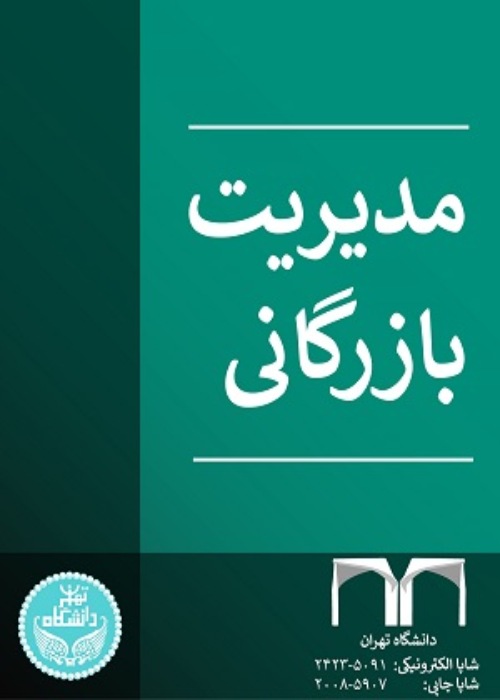Modeling a Diversification Strategy for Iranian Private Multi-Business Companies
The purpose of this study is to find mechanisms for adopting and implementing diversification strategies in Iranian multi-business companies in the form of content, context and process models. The owners of multi-business companies will be able to adopt an appropriate strategy in dealing with the future investment opportunities based on these mechanisms. They can also properly manage the organization and reduce the risk of value degradation through recognizing and examining various causal, underlying, and intervening conditions of this strategy. Therefore, the main question is that “what is the nature of the diversification strategy mechanisms in Iranian multi-business companies”.
This research is an exploratory research in terms of purpose and has been conducted based on descriptive and survey appraoch. The data were collected through a qualitative method and in-depth interviews with senior managers. They were then analyzed using the systematic grounded theory method. The statistical population includes the managers and senior experts in the field of strategy in Iranian multi-business companies who participated in the diversification process and decisions in their organizations. Theoretical saturation was obtained uisng integrated purposeful and snowball sampling after 25 in-depth interviews. In this study, the interviews were conducted with the managers from Golrang Industrial Group, Golestan Industrial Group, Kourosh Investment Group, Ariana Industrial Group, Padideh Paydar Holding, Middle East Investment Group, and Rahmani Industrial Group. The data were collected from March 2017 to March 2019.
The results of the data analysis indicates that the causal conditions of individual incentive (the concepts such as seeking power, maximum role-playing in the success of the company, fulfilling social responsibility - especially the first generation, as well as gaining prestige and social prestige); organizational incentive (the concepts of growth of human resource development, division and balance of power in the organization, the organizations’ intellectual assets such as brand, and the organizations’ knowledge assets); economic incentive (the concepts of limited size and growth of the existing industries, achieving development prospects, financial and cost convergences, wide range and the possibility of taking advantage of opportunities in other industries, exploiting macro-opportunities and the transformation of political-economic threats into opportunities, political-economic constraints for the initial business, non-outflow of liquidity, and exploitation of special opportunities); reduction of risks (the concepts of diversifying the flow of profitability, avoiding the threats and confrontations with powerful institutions, bankruptcy, covering business fluctuations, avoiding threats to the immediate environment); as well as intervening conditions can shape the degree of stability of the macro environment, the facilitating institutions, the status of supporting laws and policies, and the environment which is prone to special opportunities, business diversification in the context of maturity in the organizational life cycle, organizational resources, capabilities of the organization, senior managers’ strategic skills and thinking as well as the organizational strategic orientations. This phenomenon is implemented through option-making, option-selecting, defining entry strategy, holding, institutionalization, and systematization. It can also lead to positive consequences such as higher financial performance, reduction of risks, strength, growth and development and etc.
Completing the value chain including front and back integrations and entering into other core value chain businesses, is regarded as a major part of the organizations’ diversification activities. The diversification is successful in immediate businesses because the company is relatively familiar with their business principles and models. The transformation of intra-company services such as business services and advertising into independent businesses due to competency and vacancy indicates endogenous growth and diversity. These factors, along with supporting other companies and heterogeneous diversification, can form diversification strategy. For the successful implementation of the diversification strategy, it is necessary to pay comprehensive attention to the 27 important categories and the related concepts, and to use them properly with full awareness.
- حق عضویت دریافتی صرف حمایت از نشریات عضو و نگهداری، تکمیل و توسعه مگیران میشود.
- پرداخت حق اشتراک و دانلود مقالات اجازه بازنشر آن در سایر رسانههای چاپی و دیجیتال را به کاربر نمیدهد.



